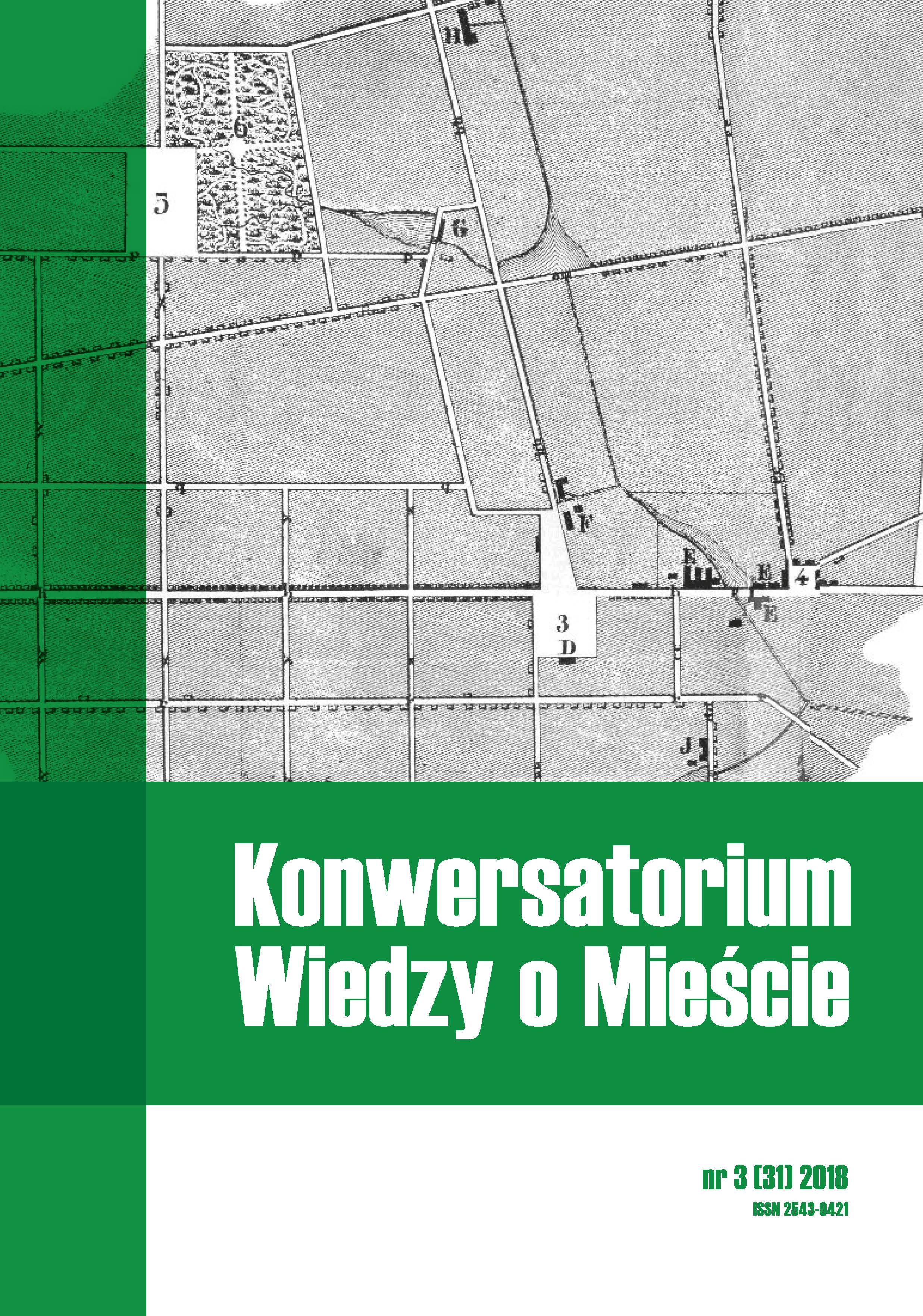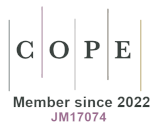Demographic changes in urban and rural communes of the Opoczno district in 1995–2018
DOI:
https://doi.org/10.18778/2543-9421.03.07Keywords:
Opoczno district, demographic changes, Webb typology, old ageAbstract
The main objective of the article was to identify demographic changes in urban and rural communes of the Opoczno district in 1995–2018. The article traces changes in the population, including natural increase and migration balance using the Webb typology, discusses changes in the population structure by age and gender, as well as the issue of demographic ageing. The Opoczno district mainly undergoes negative demographic processes. There has been a continuous decrease of the population due to both natural and migration loss. There are visible changes in the age structure of the population that indicate the ageing of society. The demographic situation varies across villages and cities as well as individual communes of the Opoczno district. The depopulation in rural and peripheral areas as well as the development of the Opoczno suburban area have become significant.
References
Abramowska-Kmon, A. (2011). O nowych miarach zaawansowania procesu starzenia się ludności. Studia Demograficzne, 1 (159), s. 3–22.
Google Scholar
Chądzyńska, E. (2016). Procesy demograficzne w małych miastach i ich wiejskim otoczeniu na przykładzie województwa dolnośląskiego (okres 1995–2013). Studia Ekonomiczne. Zeszyty Naukowe Uniwersytetu Ekonomicznego w Katowicach, 279, s. 97–109.
Google Scholar
Duś, E. (2009). Funkcje obszarów wiejskich województwa śląskiego. Geographia. Studia et Dissertationes, 31, s. 81–103.
Google Scholar
Górecka, S. (2006). Demographic changes in the Central and East Europe at the turn of the 20th and 21st century. Bulletin of Geography. Socio-Economic Series, 6, s. 67–76.
Google Scholar
Heffner, K., Marszał, T. (2006). Uwarunkowania rozwoju małych miast. Biuletyn KPZK PAN, 226.
Google Scholar
Holzer, J.Z. (1997). Proces starzenia się ludności Polski według prognoz z lat 60. i 90. W: Profesor Edward Rosset: demograf i statystyk – w setną rocznicę urodzin. Materiały na konferencję jubileuszową (s. 7–15). Łódź: Wydawnictwo Uniwersytetu Łódzkiego.
Google Scholar
Janiszewska, A. (2015). Depopulacja ludności w województwie łódzkim. W: P. Szukalski (red.), Procesy demograficzne w województwie łódzkim w XXI wieku (s. 11–32). Łódź: Wydawnictwo Uniwersytetu Łódzkiego.
Google Scholar
Kurek, S. (2008). Typologia starzenia się ludności Polski w ujęciu przestrzennym. Kraków: Wydawnictwo Naukowe Akademii Pedagogicznej.
Google Scholar
Kurek, S. (2014). Przestrzenne zróżnicowanie przemian demograficznych w Polsce w latach 2002‒2011. Space – Society – Economy, 13, s. 43–73.
Google Scholar
DOI: https://doi.org/10.18778/1733-3180.13.04
Lisowski, A., Grochowski, M. (2007). Procesy suburbanizacji. Uwarunkowania, formy i konsekwencje. Opracowanie przygotowane na zlecenie Ministerstwa Rozwoju Regionalnego. Warszawa.
Google Scholar
Majdzińska, A. (2015). Zróżnicowanie zaawansowania starości demograficznej na obszarze województwa łódzkiego. Acta Universitatis Lodziensis. Folia Oeconomica, 4 (315), s. 109–126.
Google Scholar
DOI: https://doi.org/10.18778/0208-6018.315.08
Majdzińska, A. (2018). Obszary depopulacyjne w Polsce w latach 2002–2014. Studia Demograficzne, 1 (173), s. 23–54.
Google Scholar
DOI: https://doi.org/10.33119/SD.2018.1.2
Miszewska, B. (1988). Problem peryferii w geografii – przykłady niwelowania dysproporcji. Czasopismo Geograficzne, 59 (3), s. 257–266.
Google Scholar
Podogrodzka, M. (2016). Przestrzenna konwergencja indeksu starości w Polsce. Acta Universitatis Lodziensis. Folia Oeconomica, 4 (324), s. 51–65.
Google Scholar
DOI: https://doi.org/10.18778/0208-6018.324.04
Roeske-Słomka, I. (2009). Piramidy wieku ludności państw Unii Europejskiej. Wiadomości Statystyczne, 11, s. 88–101.
Google Scholar
Runge, J. (2007). Metody badań w geografii społeczno-ekonomicznej – elementy metodologii, wybrane narzędzia badawcze. Katowice: Wydawnictwo Uniwersytetu Śląskiego.
Google Scholar
Downloads
Published
How to Cite
Issue
Section
License

This work is licensed under a Creative Commons Attribution-NonCommercial-NoDerivatives 4.0 International License.









